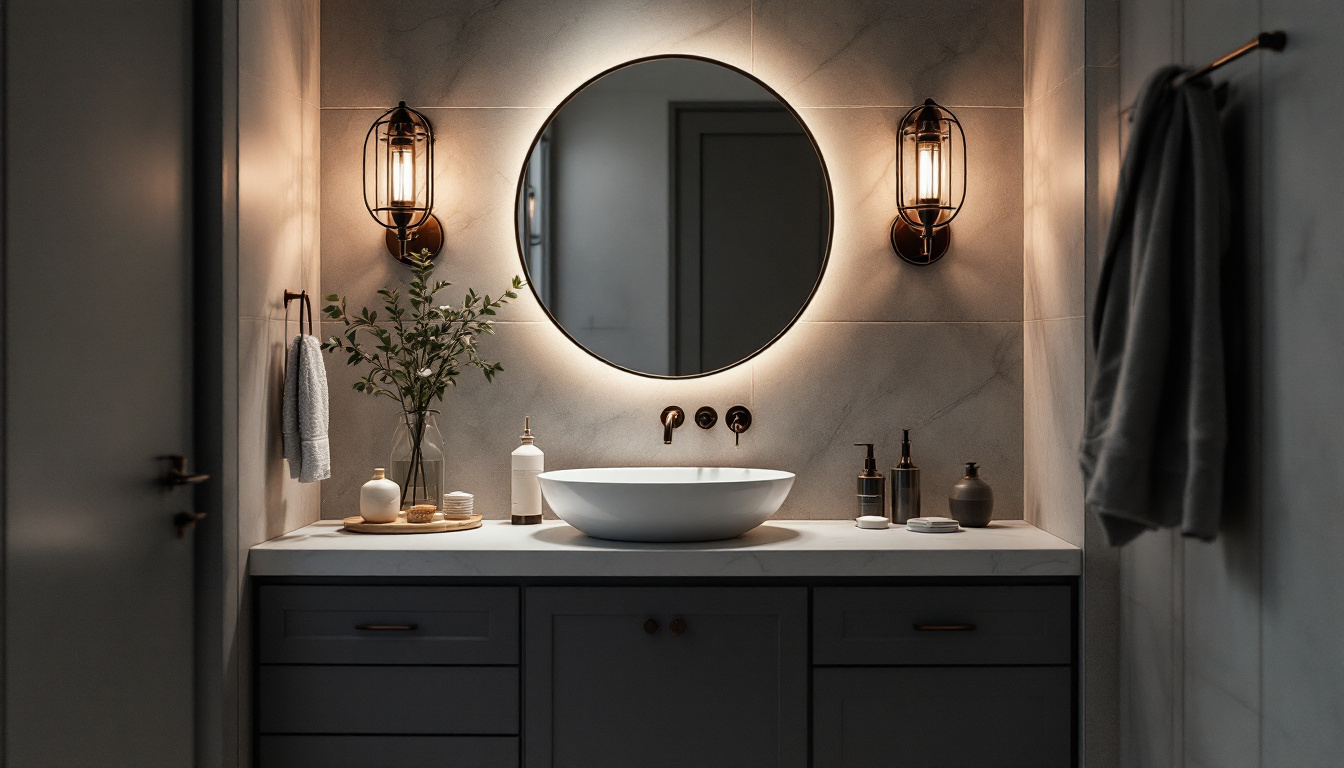
As the demand for energy-efficient lighting solutions continues to rise, LED lights have become a staple in both residential and commercial settings. However, the integration of dimmer switches with LED lights presents unique challenges and opportunities for lighting contractors. Understanding how to effectively pair these technologies is essential for providing clients with optimal lighting solutions. This article delves into the intricacies of dimmer switch LED lights, offering valuable insights for lighting professionals.
Light Emitting Diodes (LEDs) are semiconductor devices that emit light when an electric current passes through them. Unlike traditional incandescent bulbs, which generate light through heat, LEDs are highly efficient, converting a greater percentage of energy into visible light. This efficiency not only reduces energy consumption but also extends the lifespan of the lighting fixture. In fact, many LED lights can last up to 50,000 hours or more, making them a long-term investment for both residential and commercial users.
LEDs are available in various color temperatures, allowing for customization in different environments. From warm white to cool daylight, the versatility of LED lights makes them suitable for a wide range of applications, from cozy residential spaces to bright commercial areas. Furthermore, the ability to dim LEDs and control their brightness adds another layer of adaptability, enabling users to create the perfect ambiance for any occasion. This feature is particularly popular in settings like restaurants and theaters, where lighting plays a crucial role in the overall experience.
The advantages of LED lighting extend beyond energy efficiency. LEDs are known for their durability; they are less prone to breakage compared to traditional bulbs. Additionally, they generate less heat, reducing the risk of fire hazards and making them safer for enclosed fixtures. This characteristic also contributes to the overall comfort of a space, as cooler lighting can enhance the air quality by minimizing heat buildup, which is especially beneficial in smaller or poorly ventilated areas.
Another significant advantage is their low maintenance cost. With a lifespan that can exceed 25,000 hours, LED lights require less frequent replacement, which is particularly beneficial for contractors managing large installations. Moreover, the reduced frequency of bulb changes means less waste in landfills, making LEDs a more environmentally friendly choice. As more individuals and businesses become aware of their carbon footprint, the shift towards LED technology is becoming increasingly popular, aligning with global sustainability goals. Additionally, many LED products are now designed to be recyclable, further enhancing their eco-friendly profile.
A dimmer switch is a device that allows users to adjust the brightness of a light fixture. This functionality not only enhances the ambiance of a space but also contributes to energy savings by allowing users to reduce light levels when full brightness is unnecessary. By dimming the lights, you can create a cozy atmosphere for a romantic dinner or provide bright illumination for tasks like reading or cooking.
Traditionally, dimmer switches worked seamlessly with incandescent and halogen bulbs. However, the transition to LED technology has introduced complexities that contractors must navigate to ensure compatibility and performance. LEDs are more energy-efficient and have a longer lifespan, but they require specific dimmers to function properly without flickering or buzzing. Understanding the nuances of these technologies is essential for both homeowners and professionals looking to optimize lighting solutions.
There are several types of dimmer switches available on the market, each designed for specific applications. The most common types include:
Choosing the right type of dimmer switch is crucial for ensuring compatibility with LED lights, as not all dimmers are designed to work with low-voltage lighting. Additionally, understanding the wattage capacity of a dimmer is essential; exceeding this limit can lead to overheating and potential fire hazards. It’s also worth considering the aesthetics of the dimmer switch, as modern designs can complement the décor of a room, adding a touch of sophistication while providing functional benefits.
Furthermore, installation of dimmer switches can vary in complexity. While some homeowners may feel comfortable tackling the installation themselves, others may prefer to hire a licensed electrician to ensure safety and compliance with local electrical codes. This is particularly important in older homes where wiring may not be up to current standards. Proper installation not only guarantees optimal performance but also extends the lifespan of both the dimmer and the connected lighting fixtures, making it a worthwhile investment in any lighting project.
One of the primary challenges contractors face when installing LED lights with dimmer switches is compatibility. Not all dimmer switches are designed to work with LED technology, which can lead to flickering, buzzing, or even complete failure of the lighting system.
It is essential to select dimmers specifically labeled as “LED compatible.” These dimmers are engineered to handle the lower wattage and different electrical characteristics of LED lights, ensuring smooth operation and optimal performance.
Flickering and buzzing are common issues encountered when using incompatible dimmers with LED lights. Flickering can occur due to insufficient load on the dimmer, while buzzing often results from electrical interference or poor quality components.
To mitigate these issues, contractors should recommend high-quality dimmers that have been tested for compatibility with LED lights. Additionally, ensuring that the total wattage of the connected LEDs meets or exceeds the minimum load requirement of the dimmer can help eliminate flickering.
When selecting a dimmer switch for LED lights, it is vital to consider the specific needs of the project. Factors such as the total wattage of the LED fixtures, the type of dimmer (e.g., rotary, slider, smart), and the desired level of control should all be taken into account.
Contractors should also be aware of the manufacturer’s recommendations for both the LED lights and dimmer switches. Many manufacturers provide compatibility lists that can help ensure a successful installation.
Proper wiring is crucial for the successful operation of dimmer switches with LED lights. Contractors should ensure that all connections are secure and that the wiring is appropriate for the load being handled. This includes using the correct gauge wire and ensuring that all connections are made in accordance with local electrical codes.
Additionally, when installing multiple dimmers in a single circuit, it is essential to consider the total load to prevent overloading the circuit, which could lead to tripped breakers or damaged equipment.
dimming LED lights not only enhances the ambiance of a space but also contributes to energy savings. By reducing the brightness of the lights when full illumination is not needed, energy consumption can be significantly lowered.
Studies have shown that dimming lights can lead to energy savings of up to 20% or more, depending on the application and usage patterns. For contractors, this presents an opportunity to market energy-efficient solutions to clients, highlighting the long-term cost savings associated with dimmable LED lighting.
Investing in LED lights and compatible dimmer switches can yield substantial returns for clients. While the initial cost may be higher compared to traditional lighting solutions, the long-term savings on energy bills and reduced maintenance costs make it a financially sound decision.
Contractors can help clients understand the potential return on investment by providing estimates of energy savings over time, factoring in the reduced frequency of bulb replacements and the longevity of LED technology.
The rise of smart home technology has significantly influenced the lighting industry. Smart dimmers allow users to control lighting remotely, set schedules, and even integrate with other smart home devices for enhanced functionality.
Contractors should stay informed about the latest smart lighting solutions and consider offering these options to clients. The ability to control lighting through smartphones or voice commands adds a layer of convenience that many homeowners and businesses find appealing.
Another emerging trend in the lighting industry is human-centric lighting, which focuses on creating environments that enhance well-being and productivity. This involves adjusting color temperatures and brightness levels throughout the day to mimic natural light patterns.
Integrating dimmable LED lights with smart controls can facilitate this approach, allowing for dynamic lighting changes that support the needs of occupants. Contractors should be prepared to discuss these trends with clients, positioning themselves as knowledgeable professionals in the evolving landscape of lighting technology.
As the lighting industry continues to evolve, understanding the nuances of dimmer switch LED lights is essential for lighting contractors. From selecting the right dimmers to addressing compatibility issues, being informed about the latest technologies and best practices will enable contractors to deliver high-quality lighting solutions that meet the needs of their clients.
By embracing energy-efficient LED technology and staying abreast of industry trends, lighting contractors can position themselves as leaders in the field, providing clients with innovative and sustainable lighting solutions that enhance both functionality and aesthetics.
Ready to elevate your lighting projects with the latest LED technology and dimming capabilities? Look no further than LumenWholesale. We provide lighting contractors with the highest quality, spec-grade lighting products at prices that can’t be beaten. Our extensive selection is designed to meet rigorous industry standards, ensuring you deliver reliable and high-performance lighting solutions to your clients. With the convenience of bulk buying, free shipping, and no hidden fees, LumenWholesale is your go-to source for premium lighting without the premium price tag. Discover the ideal combination of quality, value, and convenience. Visit LumenWholesale today for Wholesale Lighting at the Best Value.

Discover the frequent pitfalls lighting contractors face when installing outdoor solar flood lights.

Discover the innovative strategies lighting contractors use to enhance garages with LED ceiling fixtures.

Discover the essentials of outdoor LED light fixtures for commercial spaces in just five minutes.

Discover the crucial role of bathroom vanity lighting in enhancing aesthetics and functionality.